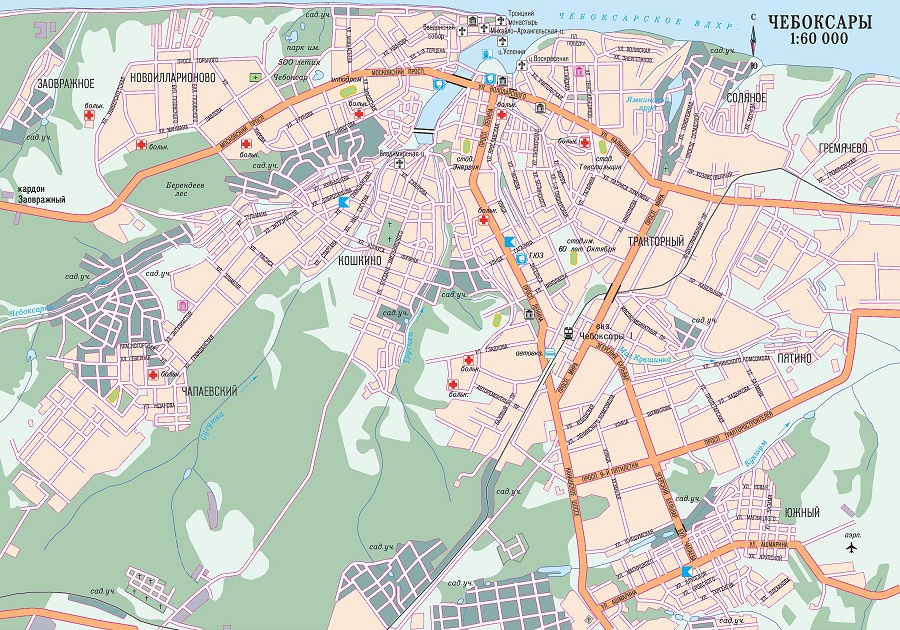CHEBOKSARY IS THE CAPITAL OF CHUVASHIA
- Подробности
- Категория: Uncategorised
- Опубликовано 24.03.2019 11:48
- Автор: YuriySur
- Просмотров: 6703
CHEBOKSARY IS THE CAPITAL OF CHUVASHIA.
Actually it has been written a lot about Cheboksary, only in the 2000s it was published approximately 20 authors' and collective works on the city's history, culture, economy, architecture, as well as citizens, community, legends and traditions. However, there was no guidebooks for the modern city. This guide will make up for it. It consists of several sections, consistently covering the city's landscape from its historical part to new residential areas and industrial enterprises.
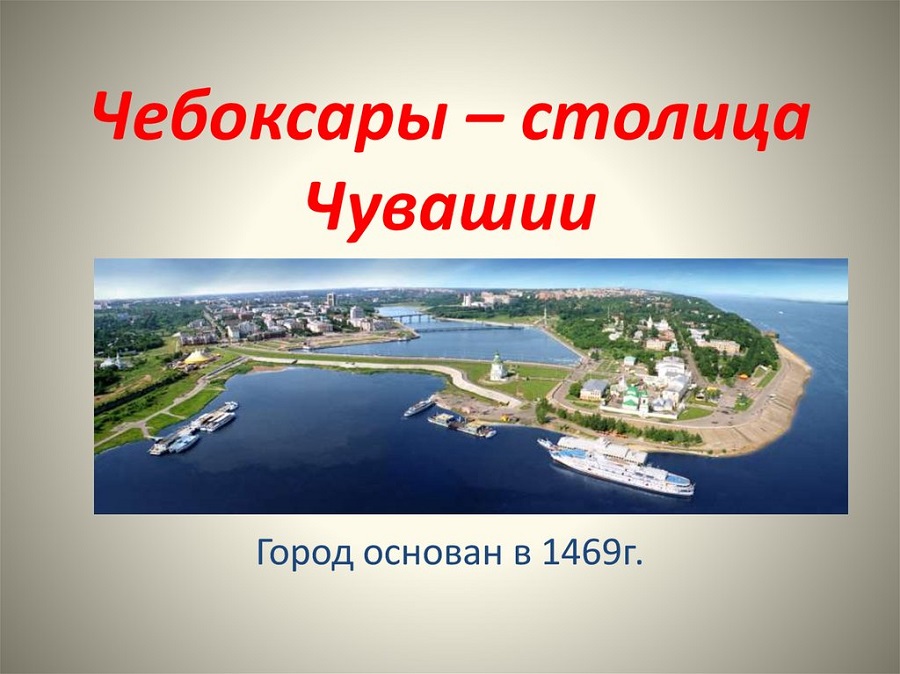
In the first section «the Old City» readers get acquainted with the sights of the historical part of Cheboksary. Unfortunately old downtown blocks, disappeared under the water, but some architectural compositions remained and wonderfully blended in with the ensemble of Cheboksary Bay, where a modern public cultural center has been created. In 1996 there was erected a dam across the Cheboksarka river, later it was turned into a roadway, called «the Road to the Temple». The Cheboksarka river was dammed to make a reservoir called Cheboksary Bay. Thus the water surface of the Bay became a natural base for the surrounding areas. Everything fell into place, as if by magic buildings and constructions built in different styles and years played out in fresh colours. On the background of level lines of the water table and low-rise buildings around the Bay architectural dominants outstand spectacularly. They are few, but they create a landscape framework and form an integral image of the city center, which is sometimes compared to Venice or a pearl on the Volga river.
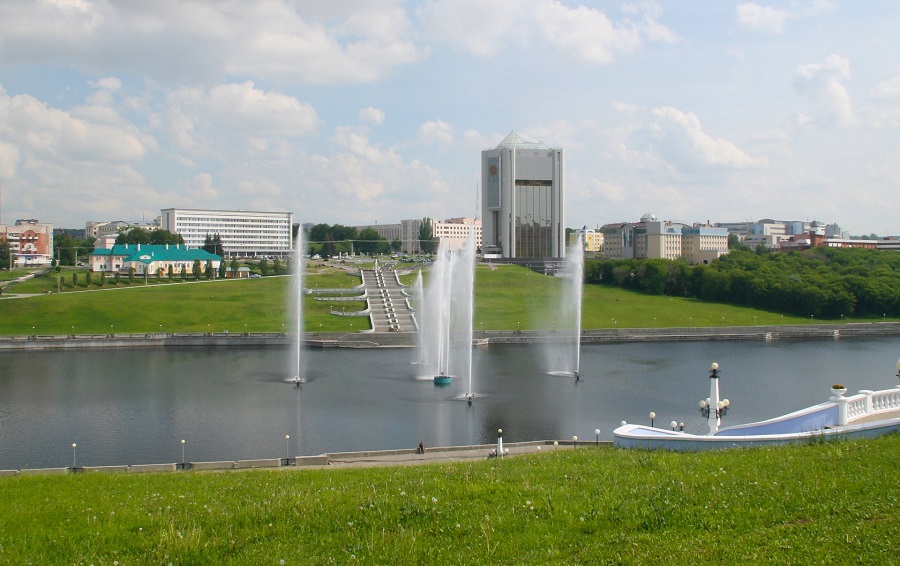
The tour starts from the monument «Wisdom Symbol» located in front of the Chuvash National Museum. This landmark was set in 2008 there are 53 runes of the ancient Chuvash language on a huge stone. The Chuvash culture has become the epitome of ethnic integration and interaction. Having Turkic origin the majority of the Chuvash people are Orthodox, that is unusual for Turkic peoples. Perhaps, the people who have absorbed the traditions of religious and ethnic tolerance is the secret of the stable development of the city and the region. The ancient Chuvash runes became cultural assets, which are used as decorative elements on buildings, the emblem and flag of the Republic. While walking along the Road to the Temple, K. Ivanov's and M. Sespel's streets readers consistently get acquainted with historical and religious sights, architectural monuments of the Federal and Republican status.
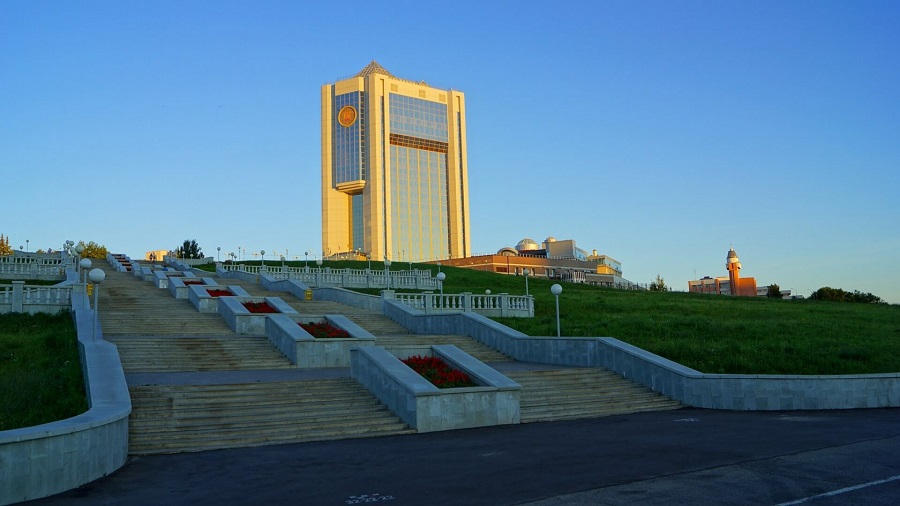
The second section of the guide is devoted to the landmarks located around Cheboksary Bay and the third section tells about the sights in merchants Efremovs' boulevard. Strolling around Cheboksary Bay or along merchants Efremovs' boulevard readers can appreciate the variety of architectural styles and periods, compiling the tourist center of Cheboksary. The book describes the architectural features of the sights in detail, as well as historical facts, the events associated with a particular building or monument. An outstanding method of narration as insight into history let the readers feel the life of Cheboksary Kremlin and influence of Archbishop Guriy on Cheboksary's fate, penetrate into the philistine life of a district town and also understand the peculiar features of the capital of a young Soviet Autonomous Republic. Gradually returning to the present days the author consistently combined buildings, streets and squares of the historic part into a single ensemble in order to look at Cheboksary in a new light.
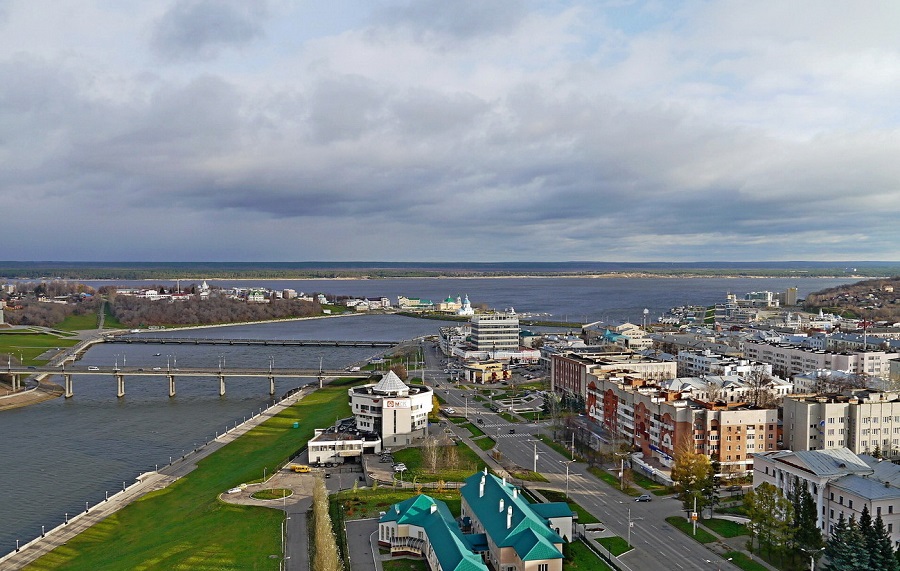
Describing the sights of the city in detail the author quotes local poets, praising the beauty of the city streets, fountains and boulevards. These lyrical digressions and original photos of the city's attractions taken by professionals in different seasons make the guide lively and pleasant to read. A great part of the guide is devoted to the city's museums. Speaking on their expositions the author invites the readers to visit extraordinary museums such as the Museum of Tractors, the Museum of the Chuvash Embroidery, V.I. Chapaev's Museum, Beer Museum. Much attention is paid to the famous fellow citizens, outstanding people who glorified Cheboksary and Chuvashia. They are R Egorov , N. Bichurin, I.Ya.Yakovlev, K.V. Ivanov, M.K. Sespel, V.I. Chapaev, A.G. Nikolaev, S. Fedorov. Also the author mentioned the names of the city architects who built monuments, public and government buildings, residential buildings and sculptures.
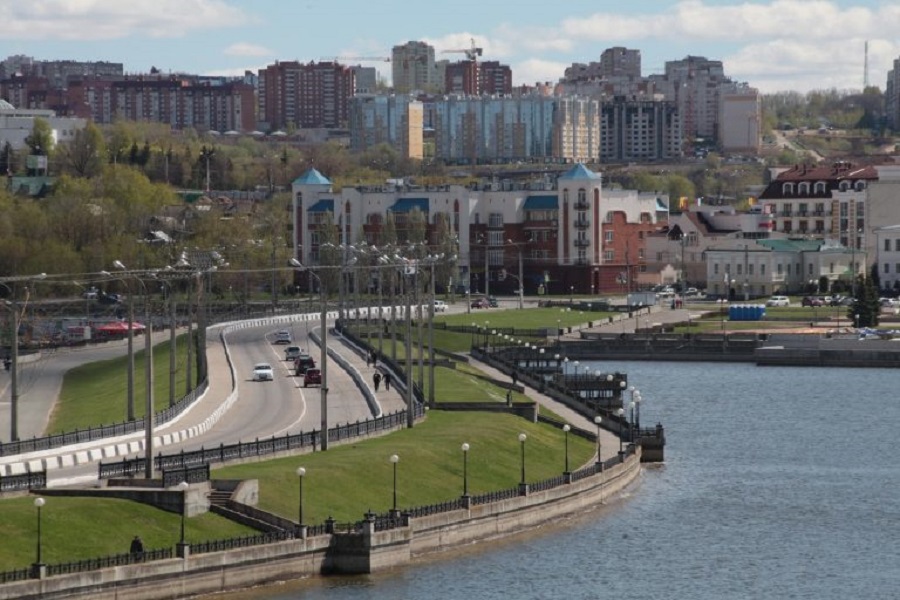
The fourth section of the guide presents three administrative districts, their significance in the city life. While travelling along the main transport ways of the districts, the readers penetrate into the construction history of the old and new blocks, learn about industrial enterprises' contribution to creation of social infrastructure and residential areas of the city. In conclusion, the author describes the recreation area of Cheboksary, its parks and natural protected territories. A sort of epilogue of the guide is review on the existing versions that explain the toponymy of the Chuvash and Russian names of the city.
